The Role of a Landscape Designer in Sustainable Landscaping
In the age of environmental consciousness, sustainable landscaping has emerged as a pivotal aspect of eco-friendly living. As homeowners and businesses increasingly recognize the importance of conserving resources and enhancing biodiversity, the demand for professional guidance in creating sustainable landscapes has skyrocketed. Enter the landscape designer, a crucial player in transforming spaces into environmentally harmonious havens. By expertly combining aesthetics with eco-friendly practices, landscape designers are shaping the future of sustainable living across various terrains and climates. They weave functionality and beauty into the natural fabric of landscapes, offering solutions that are both innovative and sustainable.
Develop a Plan
A landscape designer's primary role in sustainable landscaping is to develop a plan that aligns with the ecological features of the area. They begin by assessing the natural characteristics of the site, including native plant life, soil quality, water sources, and local climate patterns. Addressing these elements helps in crafting designs that are in synergy with the environment rather than working against it. This planning phase is crucial for setting the foundation for a landscape that supports energy efficiency and resource conservation. Landscape designers use their expertise to ensure that the landscaping requires minimal intervention while maximizing its ecological contribution.
Plant Appropriate Species
Another significant responsibility of a landscape designer is selecting appropriate plant species. Choosing native plants or those perfectly adapted to the local environment reduces the need for artificial irrigation and chemical fertilizers, which aligns with sustainable practices. Additionally, these plants often require less maintenance and are more resistant to local pests and diseases. A landscape designer brings a rich understanding of botany to the fore, using this knowledge to craft gardens and public spaces into thriving ecosystems. They are adept at assessing plant resilience and adaptability, ensuring a sustainable and visually appealing result.
Understand Industry Growth
The rising trend of sustainable landscaping is reflected in the growth of the industry. According to This Old House, the number of landscaping businesses has increased by an average of 3.2% every year between 2018 and 2023. This growth indicates a mounting recognition of the value that professional landscape designers bring to sustainable practices. With greater emphasis on eco-friendly solutions, more homeowners and businesses are turning to designers to help reduce their environmental footprints, which in turn has supported industry expansion. Professional expertise is key to navigating the complexities of modern sustainable practices.
Incorporate Sustainable Features
In addition to plant selection and layout design, landscape designers often incorporate sustainable features such as rain gardens, green roofs, and permeable paving. These elements help manage stormwater runoff, enhance air quality, and mitigate urban heat effects. By integrating such features into their designs, landscape designers not only beautify urban spaces but also contribute significantly to environmental health. These innovative solutions showcase how landscaping goes beyond aesthetics, serving as a tool for ecological balance and sustainability. It's about creating environments that thrive both functionally and ecologically.
Educate Clients
Landscape designers also play a crucial role in educating their clients about sustainable practices. Their expertise allows them to provide guidance on maintaining the landscape in an environmentally friendly manner once it is established. This includes advice on water-saving irrigation systems, organic fertilization methods, and sustainable pest control solutions. By empowering property owners with this knowledge, landscape designers ensure that the landscapes remain sustainable in the long term, conserving resources and protecting the environment. Education is a foundational component that amplifies the impact of their designs.
The role of a landscape designer in sustainable landscaping is multifaceted and essential for achieving environmentally responsible spaces. From thoughtful planning and plant selection to the integration of innovative green features, their expertise is instrumental in shaping landscapes that harmonize with nature. As the awareness and demand for sustainable practices continue to grow, the contributions of landscape designers will remain vital in fostering a sustainable future. Through their creative vision and technical know-how, they not only enhance the beauty of our surroundings but also ensure their longevity and ecological health. With the continued expansion of the industry, their role becomes ever more pivotal in addressing environmental challenges. To have a landscape designer transform your space and create a long-lasting outdoor environment, contact our team at Service First Landscapes to get started on a consultation for your project today!

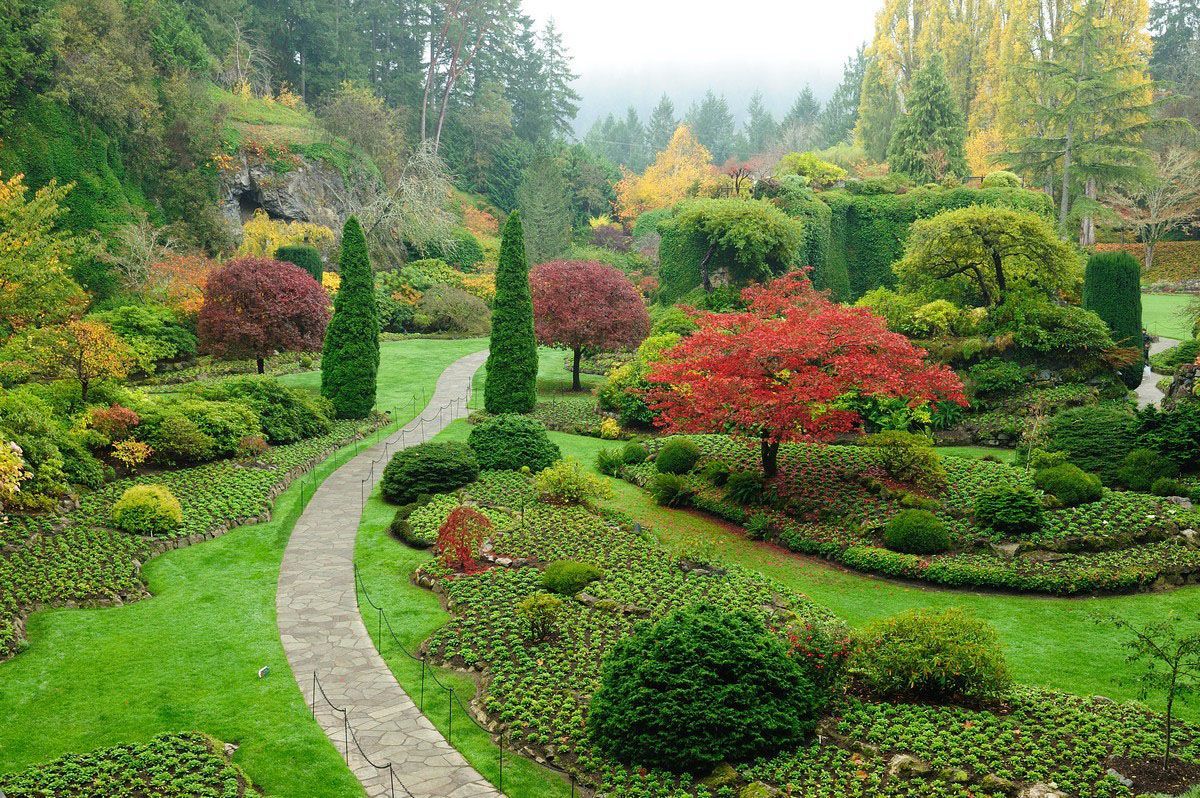
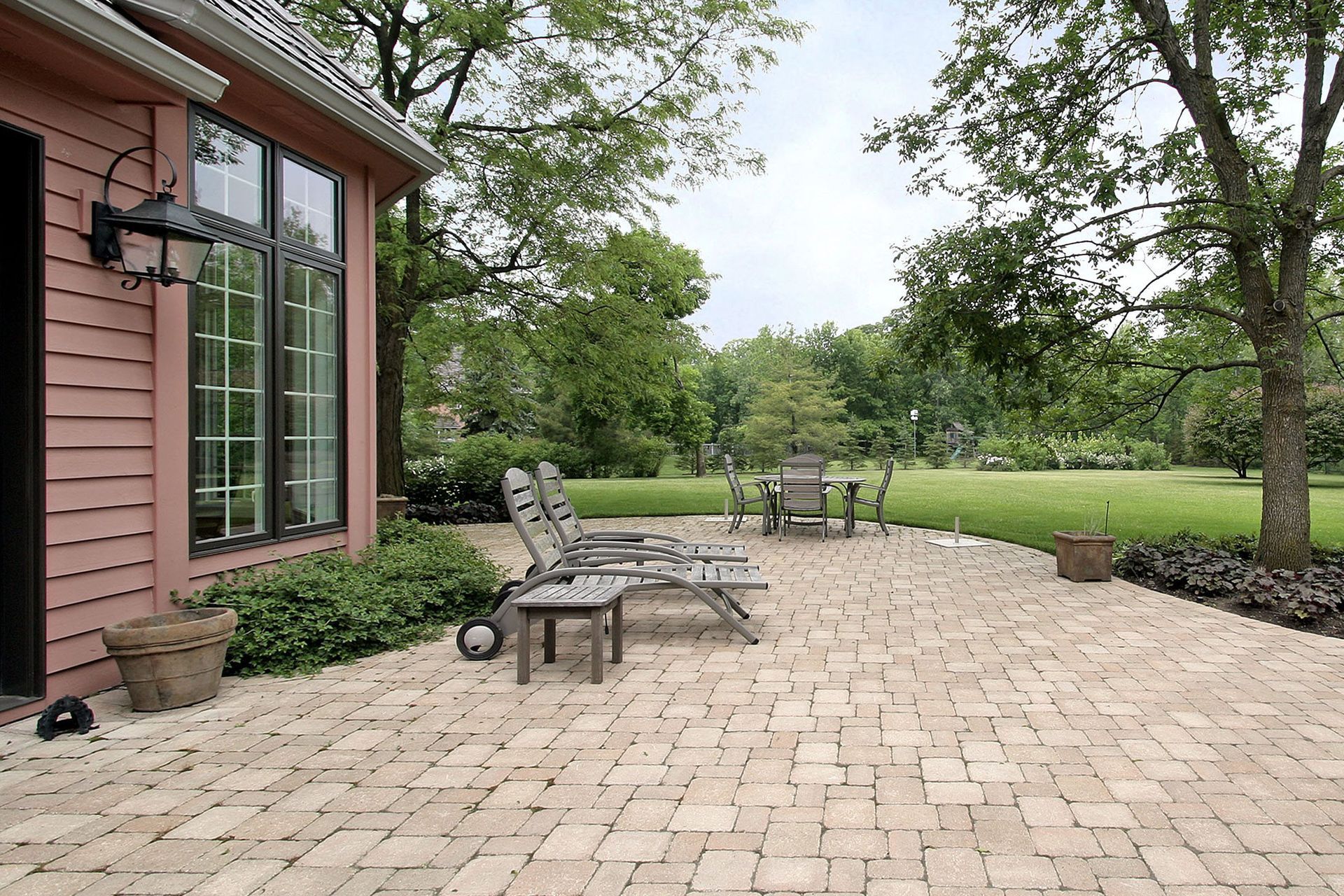
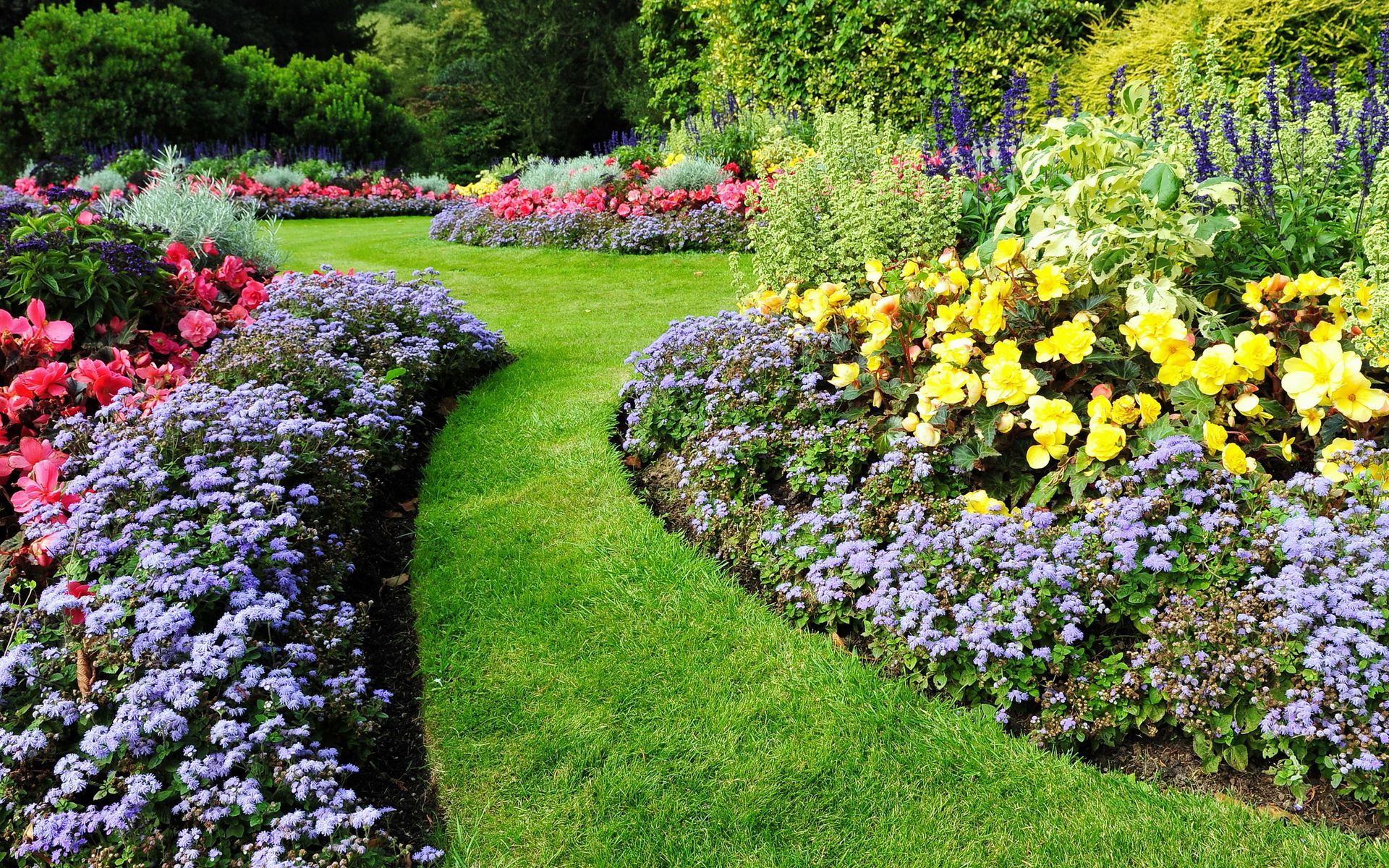
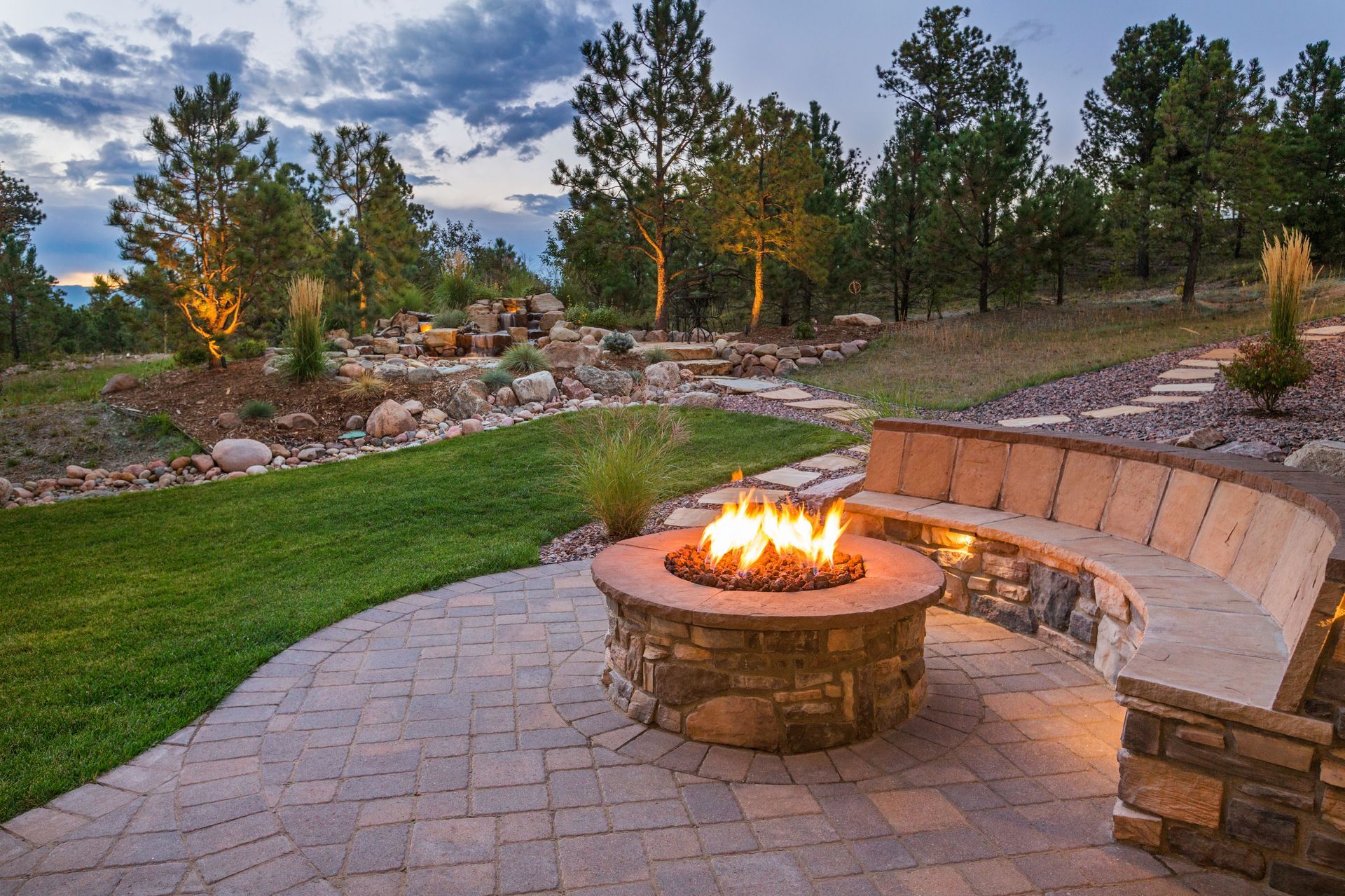
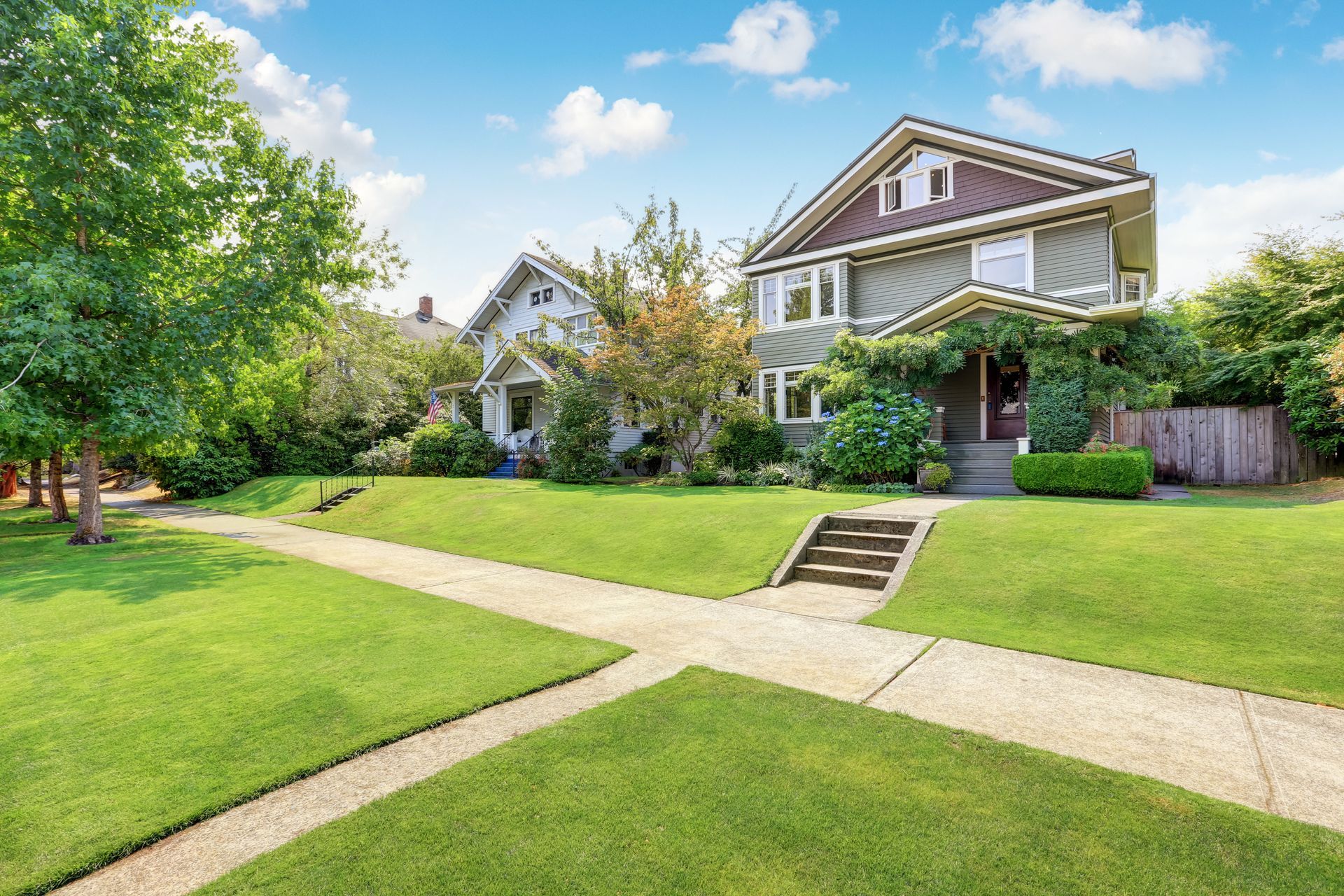
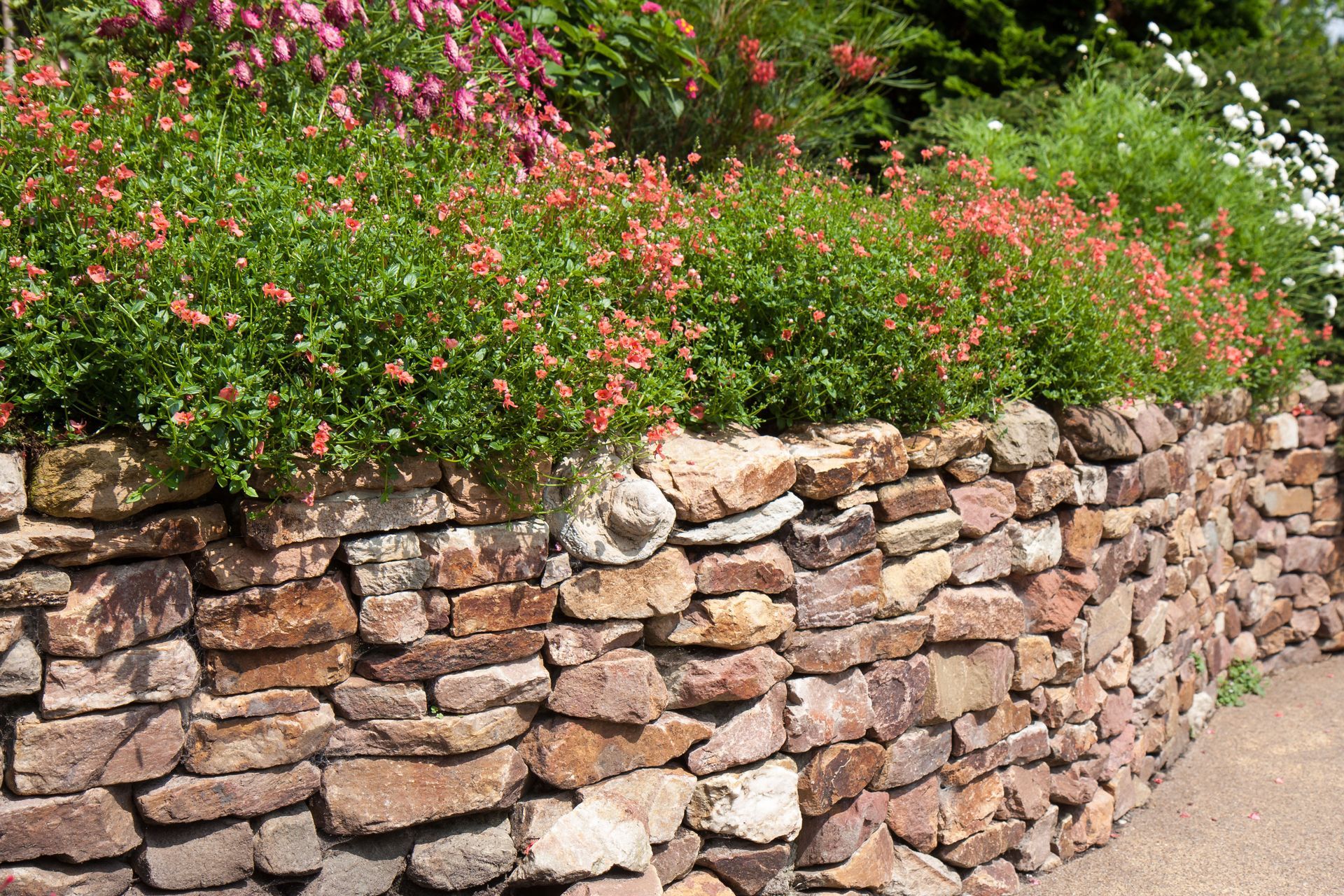
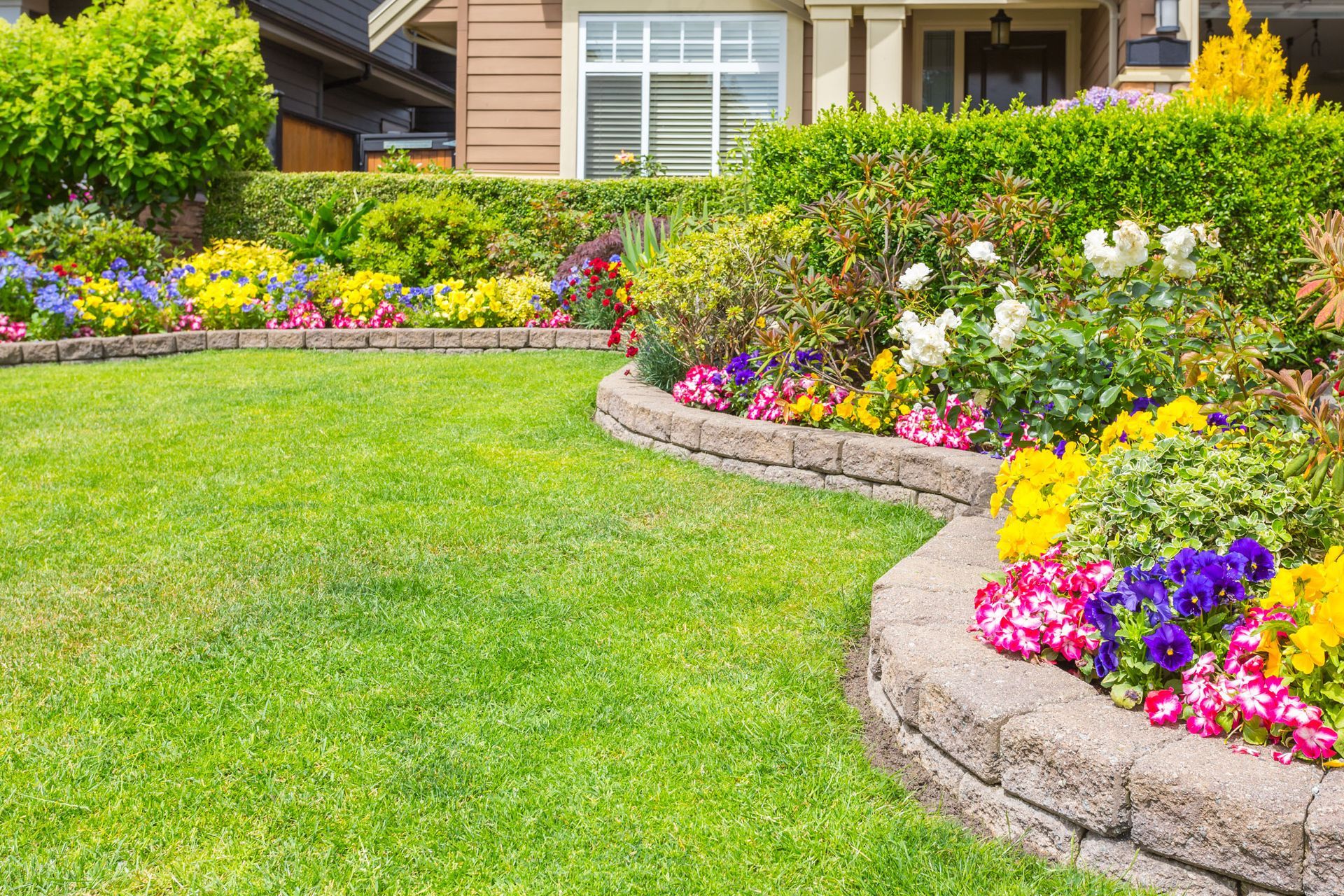
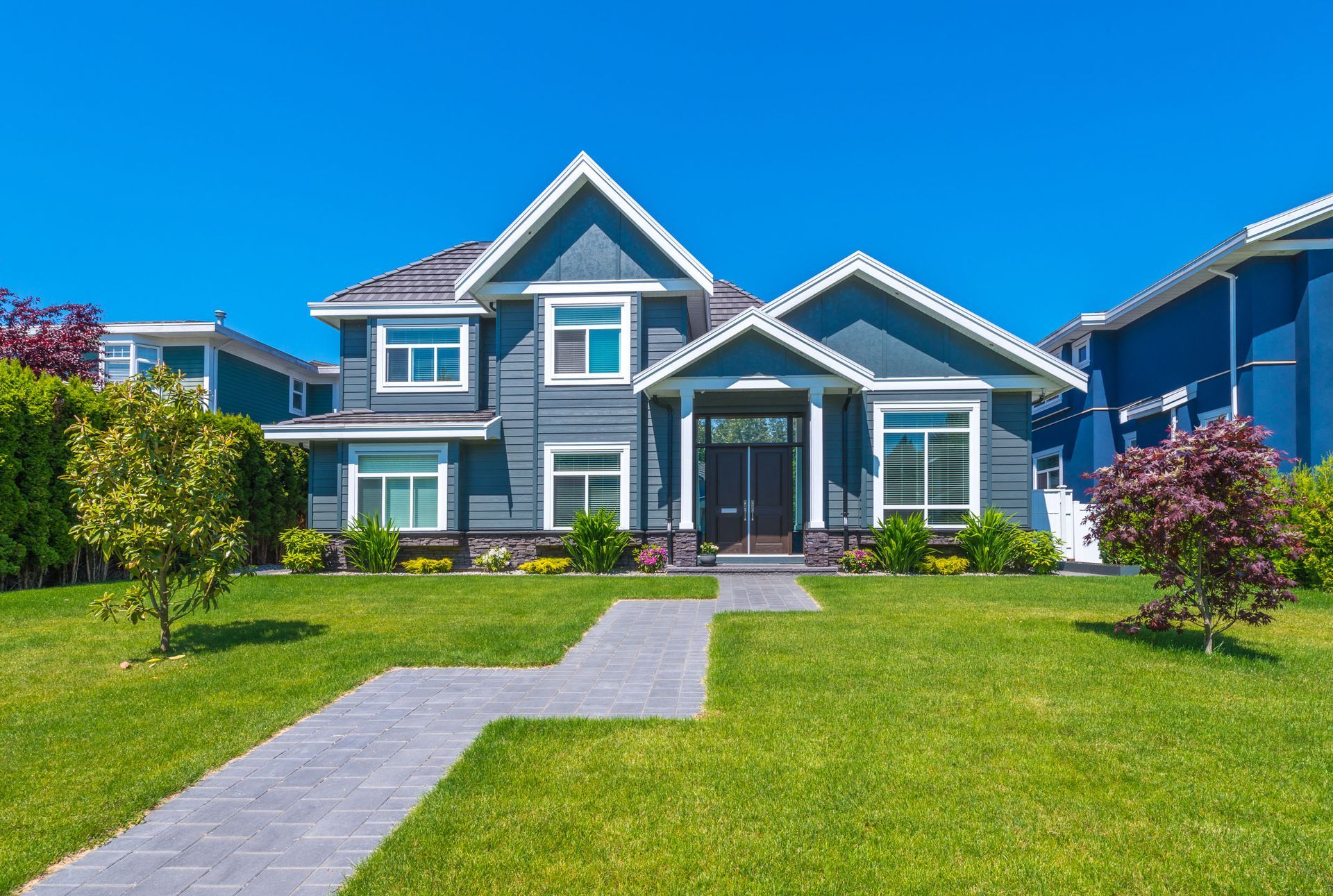
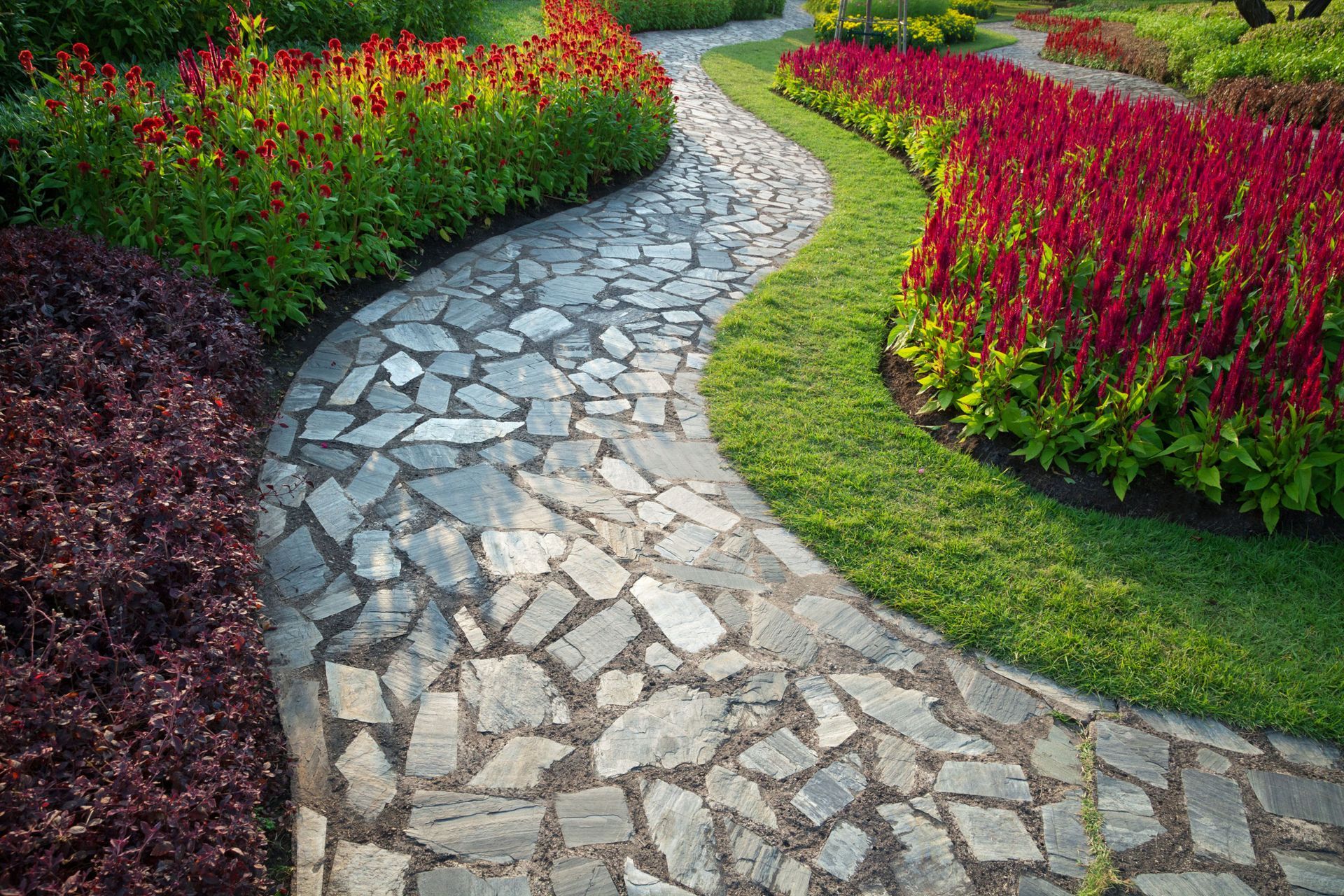
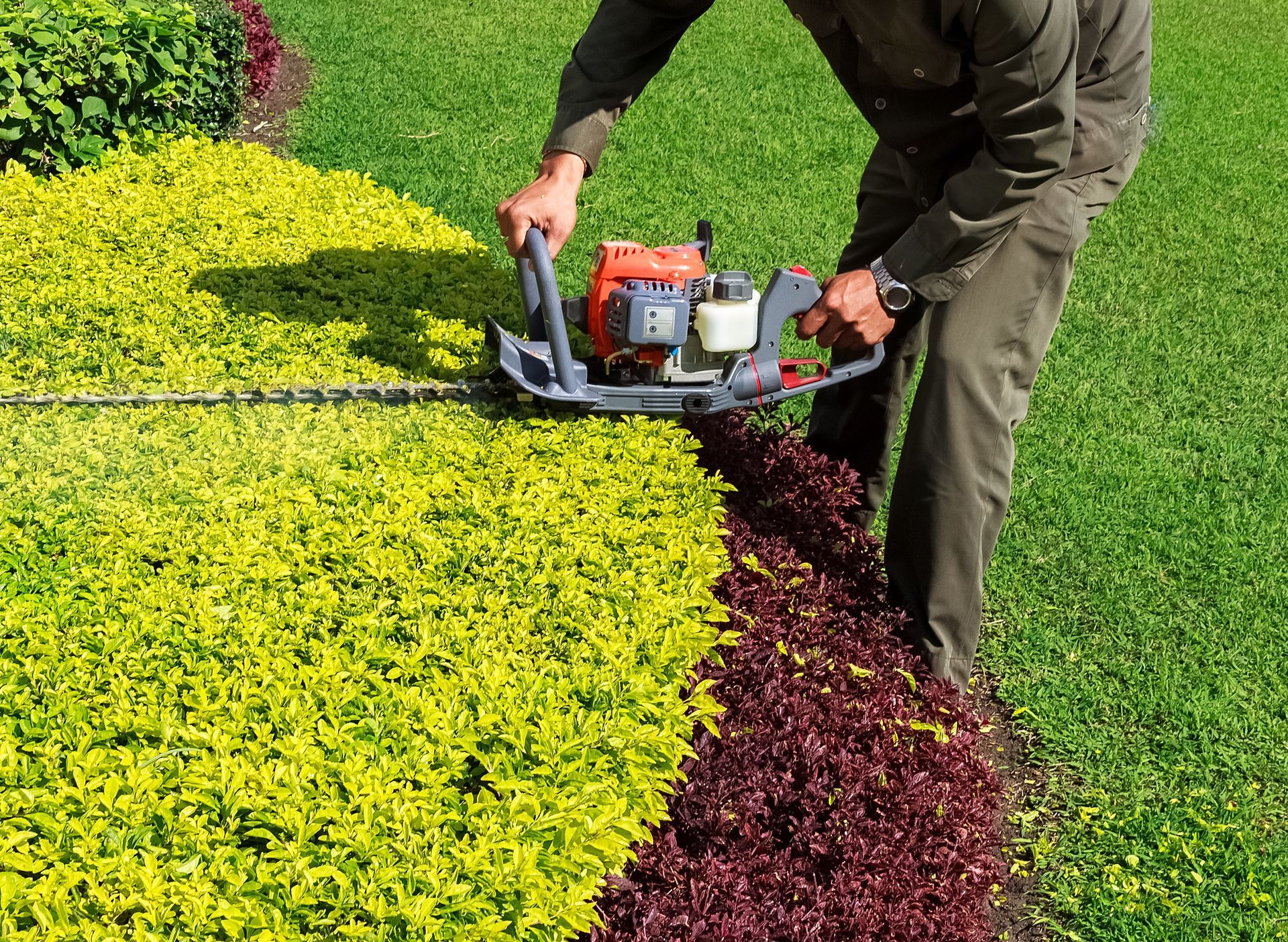
Share On: